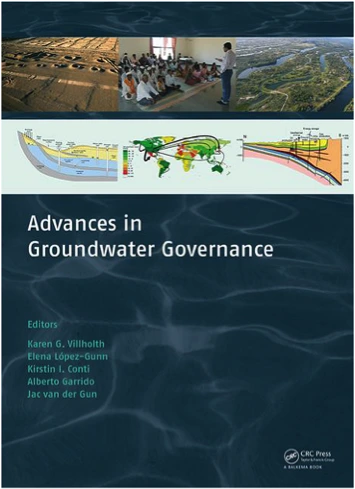
Groundwater is an important water supply for meeting municipal, industrial, and agricultural water demands and for supporting riparian and other ecological systems in the United States (U.S.). Effective groundwater governance is therefore crucial to the wise use of this largely non-renewable resource (recharge rates are slower than extraction rates). While minimum, federally-established drinking-water quality and water-discharge regulations do exist, the framework of the laws and regulations governing groundwater use in this country is highly decentralized. Each state determines its own groundwater priorities and governance approaches, with the further potential for states to delegate significant responsibilities to sub-state jurisdictions. Painting the groundwater governance picture in the U.S. with a single brushstroke is therefore impossible; a more refined analysis is required to characterize the mosaic of groundwater governance priorities and approaches. In this chapter, we report on findings of a nationwide survey on groundwater governance. We address the variation in circumstances and approaches across the country, and provide insights into some challenges identified by survey respondents. To demonstrate the changing nature of groundwater governance and groundwater debates, we consider two Western U.S. states, California and Arizona. Arizona has long practiced groundwater management in designated parts of the state, while California only recently adopted a comprehensive approach to groundwater management. We conclude with a synopsis of ongoing national-scale research and a look to the future of groundwater governance in the U.S.

